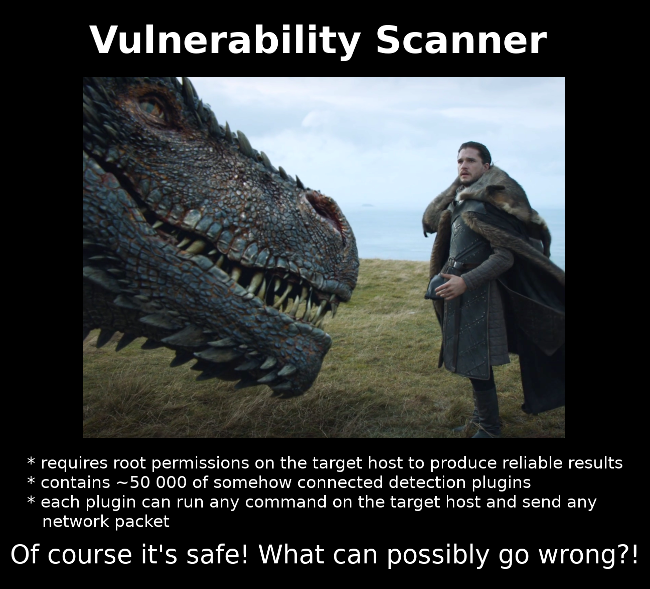Hello everyone! Great news for my open source Scanvus project! You can now perform vulnerability checks on Linux hosts and docker images not only using the Vulners.com API, but also with the Vulns.io VM API. It’s especially nice that all the code to support the new API was written and contributed by colleagues from Vulns.io. I just had to do the final test. Many thanks to them for this!
Alternative video link (for Russia): https://vk.com/video-149273431_456239113
How can the support of these two APIs in Scanvus be useful?
- Now there is no binding to one vendor. Choose which service and price you prefer.
- The set of supported operating systems varies between Vulners.com and Vulns.io. If a particular Linux distribution is not supported by one vendor, it may be supported by another vendor.
- Vulners and Vulns.io implemented vulnerability checks independently of each other. If the results differ when scanning the same host/image, then implementation errors will be clearly visible.
- Scanvus is released under the MIT license, so you can use it as an example of working with the Vulners.com and Vulns.io APIs and use this code in your projects.





